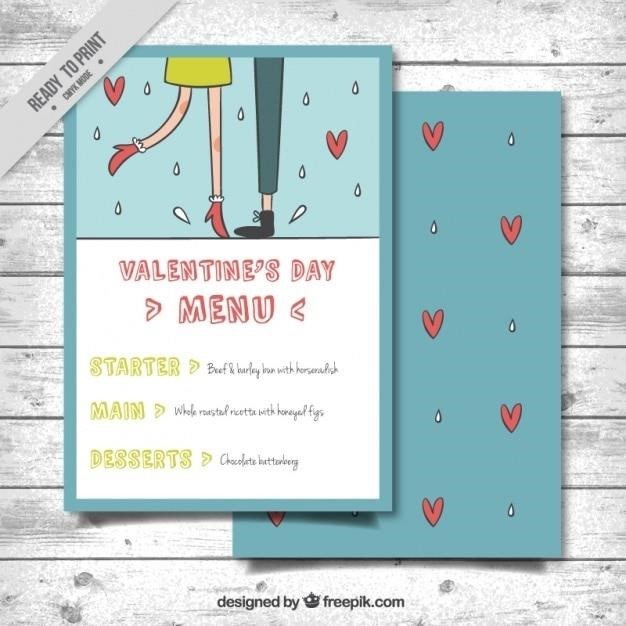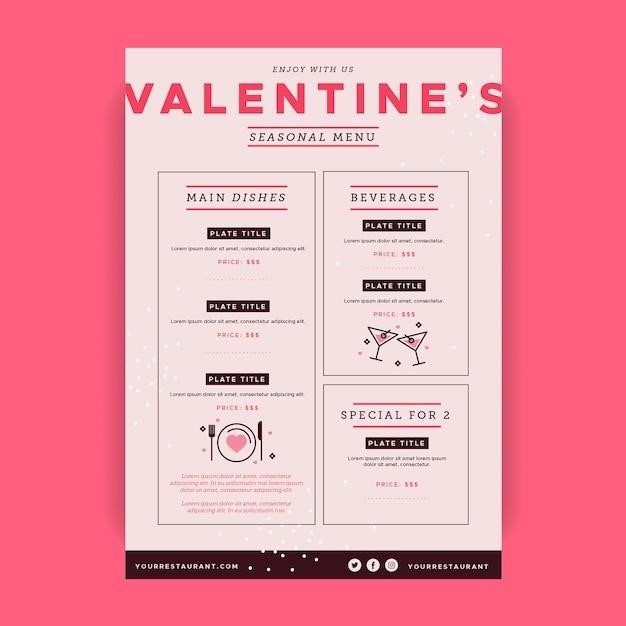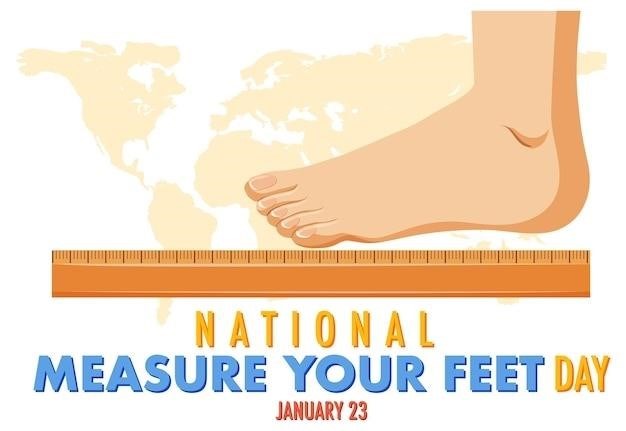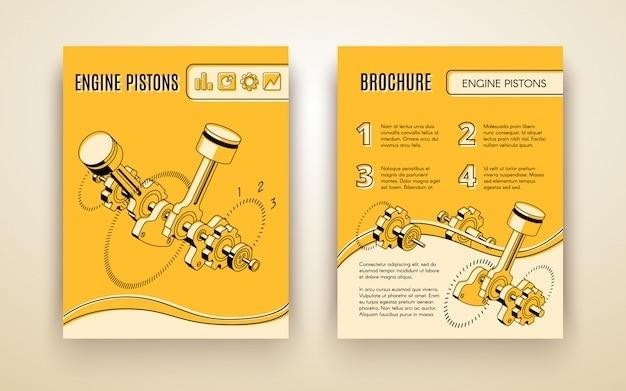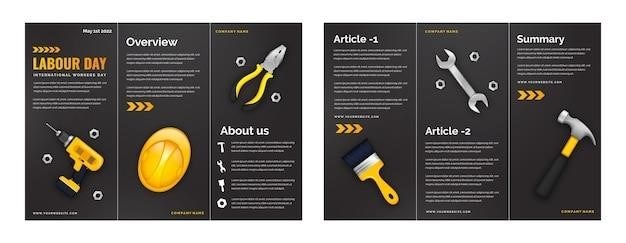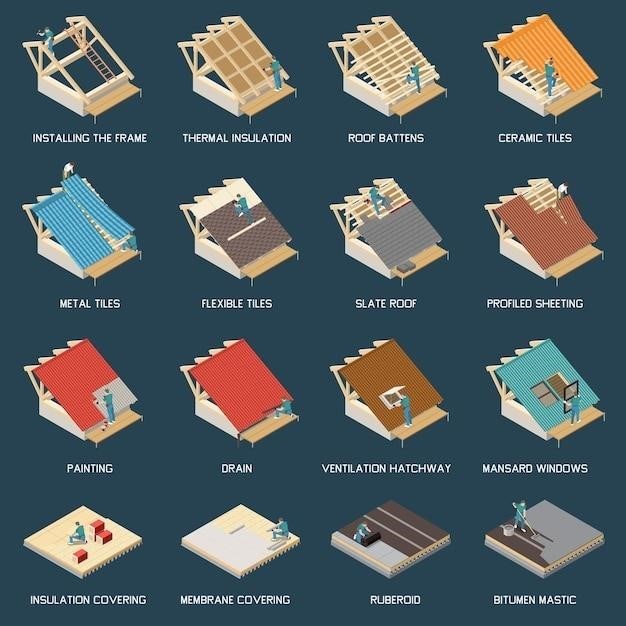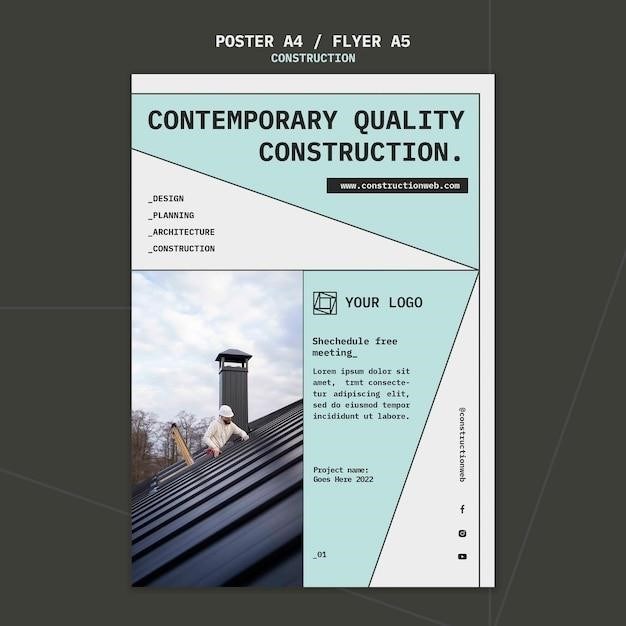Onn Rugged Speaker Manual⁚ A Comprehensive Guide
This comprehensive guide provides a detailed overview of the Onn Rugged Speaker, covering its features, specifications, operation, and troubleshooting tips. It’s your one-stop resource for maximizing your listening experience with this durable and versatile speaker. Whether you’re a first-time user or need a quick refresher, this manual will equip you with all the information you need to make the most of your Onn Rugged Speaker.
Introduction
Welcome to the world of powerful, portable audio with the Onn Rugged Speaker! This user-friendly manual is your guide to unlocking the full potential of this robust and feature-rich speaker. Whether you’re enjoying music at the beach, on a camping trip, or just relaxing at home, the Onn Rugged Speaker is designed to deliver exceptional sound quality in any environment. This manual will walk you through the key features, functionalities, and care instructions to ensure you get the most out of your speaker.
This Onn Rugged Speaker is built with durability and convenience in mind. Its compact and rugged design makes it perfect for taking on the go, while its powerful audio capabilities provide a rich and immersive listening experience. From Bluetooth pairing and volume control to water resistance and battery life, this manual will cover all the essential aspects of using your Onn Rugged Speaker. So, let’s dive in and explore the exciting world of portable audio with Onn!
Features and Specifications
The Onn Rugged Speaker is packed with features designed to elevate your audio experience. It boasts a robust construction that can withstand the rigors of outdoor use, ensuring your music stays alive no matter where you go. Here’s a breakdown of its key features and specifications⁚
- Bluetooth Connectivity⁚ Effortlessly pair your speaker with your smartphone, tablet, or other Bluetooth-enabled devices for wireless audio streaming.
- Water Resistance⁚ Enjoy your music without worrying about spills or splashes. The Onn Rugged Speaker features an IPX7 waterproof rating, making it perfect for poolside parties, beach days, or any adventure where water is present.
- Long Battery Life⁚ Stay entertained for hours on end with a long-lasting battery. The Onn Rugged Speaker offers extended playtime, allowing you to enjoy your music without interruption.
- Built-in Microphone⁚ Take calls hands-free with the integrated microphone. Enjoy crystal-clear conversations without having to reach for your phone.
- Compact and Portable⁚ This speaker is designed for ultimate portability. Its compact size and lightweight design make it easy to carry around, so you can take your music anywhere you go.
The Onn Rugged Speaker is a versatile and reliable audio companion, ready to enhance your moments with powerful sound and a durable design.
Powering On and Off
Turning your Onn Rugged Speaker on and off is a simple process. Here’s how to do it⁚
- Powering On⁚ To power on your speaker, press and hold the power button for approximately 2 seconds; You’ll hear a brief power-on sound, and the LED indicator will light up, confirming that the speaker is ready to use.
- Powering Off⁚ To power off your speaker, simply press and hold the power button for 2 seconds again. The LED indicator will turn off, and the speaker will be powered down.

Note that the Bluetooth function will automatically activate when you power on the speaker. You can then pair your device to the speaker using the Bluetooth pairing process outlined in the next section.
If you find that your speaker is not powering on or off properly, you can try a few things⁚
- Ensure that the battery is sufficiently charged.
- Check if the power button is functioning correctly.
- Reset the speaker by pressing and holding the reset button for 10 seconds;
If these steps don’t resolve the issue, you may need to contact customer support for further assistance.
Bluetooth Pairing
Connecting your Onn Rugged Speaker to your smartphone, tablet, or other Bluetooth-enabled device is a straightforward process. Here’s a step-by-step guide⁚
- Ensure Bluetooth is Enabled⁚ On your device, navigate to the Bluetooth settings and make sure Bluetooth is enabled. This will allow your device to search for nearby Bluetooth devices.
- Put Speaker in Pairing Mode⁚ Turn on your Onn Rugged Speaker and press and hold the Bluetooth button for a few seconds. The LED indicator on the speaker will blink rapidly, indicating that the speaker is in pairing mode.
- Search for Bluetooth Devices⁚ On your device, select “Search for Devices” or “Scan for Devices” to initiate a search for available Bluetooth devices. Your Onn Rugged Speaker should appear in the list of available devices.
- Select the Speaker⁚ Tap on the Onn Rugged Speaker’s name from the list of available devices. The speaker’s LED indicator will stop blinking and remain solid, indicating a successful connection.
Once paired, your device will automatically connect to the Onn Rugged Speaker whenever Bluetooth is enabled on both devices; You can now enjoy wireless audio streaming from your device to your speaker.
If you encounter any issues during the pairing process, try the following troubleshooting tips⁚
- Ensure both devices are within Bluetooth range (typically around 30 feet).
- Try restarting both your device and the speaker.
- Remove the speaker from the list of paired devices on your device and repeat the pairing process.
- If the problem persists, consult the Onn Rugged Speaker user manual or contact customer support for further assistance.
Volume Control
Adjusting the volume on your Onn Rugged Speaker is a simple and intuitive process. The speaker features dedicated volume control buttons that allow you to easily increase or decrease the audio output to your desired level. Here’s how to manage the volume⁚
- Locate the Volume Buttons⁚ On the speaker’s exterior, you’ll find two buttons labeled “+” and “-“. These buttons correspond to increasing and decreasing the volume, respectively.
- Increase Volume⁚ To increase the volume, press the “+” button repeatedly. Each press will incrementally raise the volume level.
- Decrease Volume⁚ To decrease the volume, press the “-” button repeatedly. Each press will incrementally lower the volume level.
- Maximum and Minimum Volume⁚ The speaker has a maximum and minimum volume limit. When you reach the maximum volume, pressing the “+” button will have no further effect. Similarly, pressing the “-” button when the volume is at its minimum will not result in any decrease.
You can also adjust the volume using your connected device. Most smartphones, tablets, and computers have volume control buttons or sliders that will directly affect the audio output from your Onn Rugged Speaker. However, it’s recommended to use the speaker’s dedicated volume control buttons for precise volume adjustments and to avoid any potential conflicts with your device’s volume settings.
For optimal audio quality, it’s generally recommended to start with a moderate volume level and gradually increase it until you achieve your desired listening experience. This will help prevent any distortion or clipping that can occur at higher volume levels.
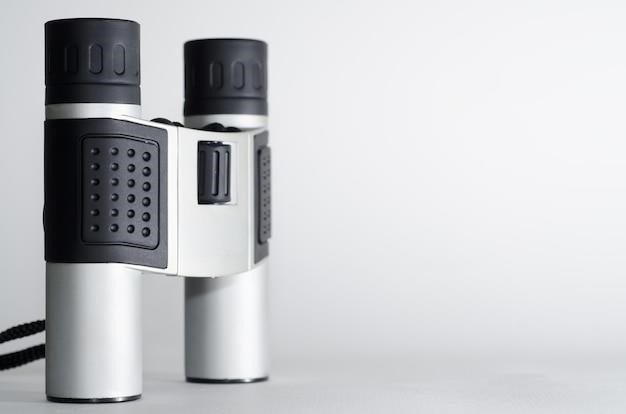
Play and Pause Functionality
Controlling the playback of your music on the Onn Rugged Speaker is effortless thanks to its dedicated play/pause button. This button allows you to easily start, stop, and resume your audio content with a simple press. Here’s how to utilize this feature⁚
- Locate the Play/Pause Button⁚ On the speaker’s exterior, you’ll find a button typically labeled with a play symbol (▶) and a pause symbol (||). This button serves as your primary control for playback.
- Play Music⁚ When music is paused or not playing, press the play/pause button once to start the audio playback. The speaker will begin playing the current track or the last track that was played.
- Pause Music⁚ During playback, press the play/pause button once to pause the audio. The music will stop playing, and the speaker will be in a paused state.
- Resume Playback⁚ If the music is paused, press the play/pause button once to resume playback from where it was paused. The music will start playing again from the same point.
The play/pause button offers a convenient way to manage your audio experience; You can quickly start and stop playback, as well as temporarily pause the music without having to navigate through your phone or music player. This simple functionality adds a layer of convenience to your listening enjoyment.
Keep in mind that the play/pause button primarily controls the playback of audio content that is streamed to the speaker via Bluetooth. It may not directly control the playback of music or other audio content that is played through an auxiliary input (if your speaker has one).
Water Resistance
The Onn Rugged Speaker is designed to withstand the elements, including splashes and spills, thanks to its IPX7 water resistance rating. This rating signifies a high level of protection against water ingress, allowing you to enjoy your music without worrying about a little rain or an accidental dip in the pool.
Here’s what IPX7 water resistance means for your Onn Rugged Speaker⁚
- Submersion Protection⁚ The speaker can be submerged in up to 1 meter (3.3 feet) of water for a maximum of 30 minutes without any damage. This makes it ideal for use near pools, beaches, or even in the shower.
- Splash and Spill Resistance⁚ Even if your speaker doesn’t get fully submerged, the IPX7 rating ensures that it’s protected against accidental splashes and spills from drinks or water. This is particularly useful in outdoor settings where you may not always have a completely dry environment.
- Dust Resistance⁚ While the IPX7 rating primarily focuses on water resistance, it often implies a degree of dust resistance as well. This means that the speaker is protected from dust particles and debris, which can be beneficial in outdoor settings or dusty environments;
It’s important to remember that while the Onn Rugged Speaker offers a high level of water resistance, it’s not indestructible. Avoid exposing it to high-pressure water streams or prolonged submersion beyond the specified limits. Additionally, be mindful of the charging port and other openings on the speaker, as these areas may not be fully sealed. By following these simple precautions, you can ensure that your Onn Rugged Speaker remains in top condition and continues to provide you with years of reliable audio enjoyment.
Charging and Battery Life
The Onn Rugged Speaker is equipped with a built-in rechargeable battery that allows for extended playtime without needing to be plugged in. The battery life is a key factor in determining how long you can enjoy your music on the go, and the Onn Rugged Speaker delivers a solid performance in this regard.
Here’s what you need to know about charging and battery life⁚
- Charging Time⁚ The Onn Rugged Speaker takes approximately 6 hours to fully charge using a USB-C cable and a standard USB wall adapter. It’s recommended to use the included charging cable or a compatible one to ensure proper charging.
- Battery Life⁚ Once fully charged, the speaker can provide up to 12 hours of continuous playtime at moderate volume levels. This means you can enjoy your music throughout the day without having to worry about running out of power.
- Charging Indicator⁚ The Onn Rugged Speaker features a charging indicator light that illuminates while the device is charging. Once the battery is fully charged, the indicator light will turn off, indicating that your speaker is ready to go.
To ensure optimal battery life, it’s advisable to avoid completely draining the battery before charging. Regular charging and avoiding extreme temperatures can also help extend the battery’s lifespan. By following these simple tips, you can ensure that your Onn Rugged Speaker provides you with consistent and reliable power for all your audio needs.
Troubleshooting
While the Onn Rugged Speaker is designed for durability and reliability, you may encounter occasional issues. This section provides guidance on common problems and their solutions⁚
- Speaker Won’t Turn On⁚ Ensure the speaker is fully charged. Try pressing and holding the power button for a few seconds. If the problem persists, check the charging port for any debris and try a different charging cable.
- Bluetooth Connection Issues⁚ Ensure Bluetooth is enabled on your device and that the speaker is in pairing mode. If the speaker is already paired, try forgetting the connection and pairing again. Make sure there are no other Bluetooth devices interfering with the connection.
- Low Volume⁚ Increase the volume on the speaker and your device. Check the volume level on any connected apps or software. Make sure there are no obstructions blocking the speaker’s sound output.
- Distorted Sound⁚ Ensure the speaker is not placed too close to other devices or surfaces that could cause vibrations. Try reducing the volume to see if it resolves the issue. If the problem persists, it may be a hardware issue, and contacting customer support is recommended.
- Water Damage⁚ The Onn Rugged Speaker is IPX7 waterproof, but it’s crucial to avoid submerging it in water for extended periods. If water does enter the speaker, immediately disconnect it from power and allow it to dry thoroughly.
If you’re unable to resolve the issue through these troubleshooting steps, it’s best to contact Onn customer support for further assistance. They can provide more specific guidance based on your particular situation.
FAQs
Here are some frequently asked questions about the Onn Rugged Speaker⁚
- How long does the Onn Rugged Speaker take to charge? The Onn Rugged Speaker typically takes around 6 hours to fully charge.
- Is the Onn Rugged Speaker waterproof? Yes, the Onn Rugged Speaker is IPX7 waterproof, meaning it can withstand immersion in water up to 1 meter for 30 minutes.
- How do I know when my Onn Rugged Speaker is fully charged? The charging indicator light on the speaker will turn off when the battery is fully charged.
- Can I use the Onn Rugged Speaker with my computer or laptop? Yes, you can connect the Onn Rugged Speaker to your computer or laptop using the 3.5mm audio jack.
- Can I use the Onn Rugged Speaker with multiple devices simultaneously? No, the Onn Rugged Speaker can only be connected to one device at a time via Bluetooth.
- Can I use the Onn Rugged Speaker for phone calls? The Onn Rugged Speaker does not have a built-in microphone, so you cannot use it for phone calls.
- What is the range of the Bluetooth connection? The Bluetooth connection range for the Onn Rugged Speaker is approximately 33 feet.
If you have any further questions not addressed here, please refer to the user manual or contact Onn customer support for assistance.







